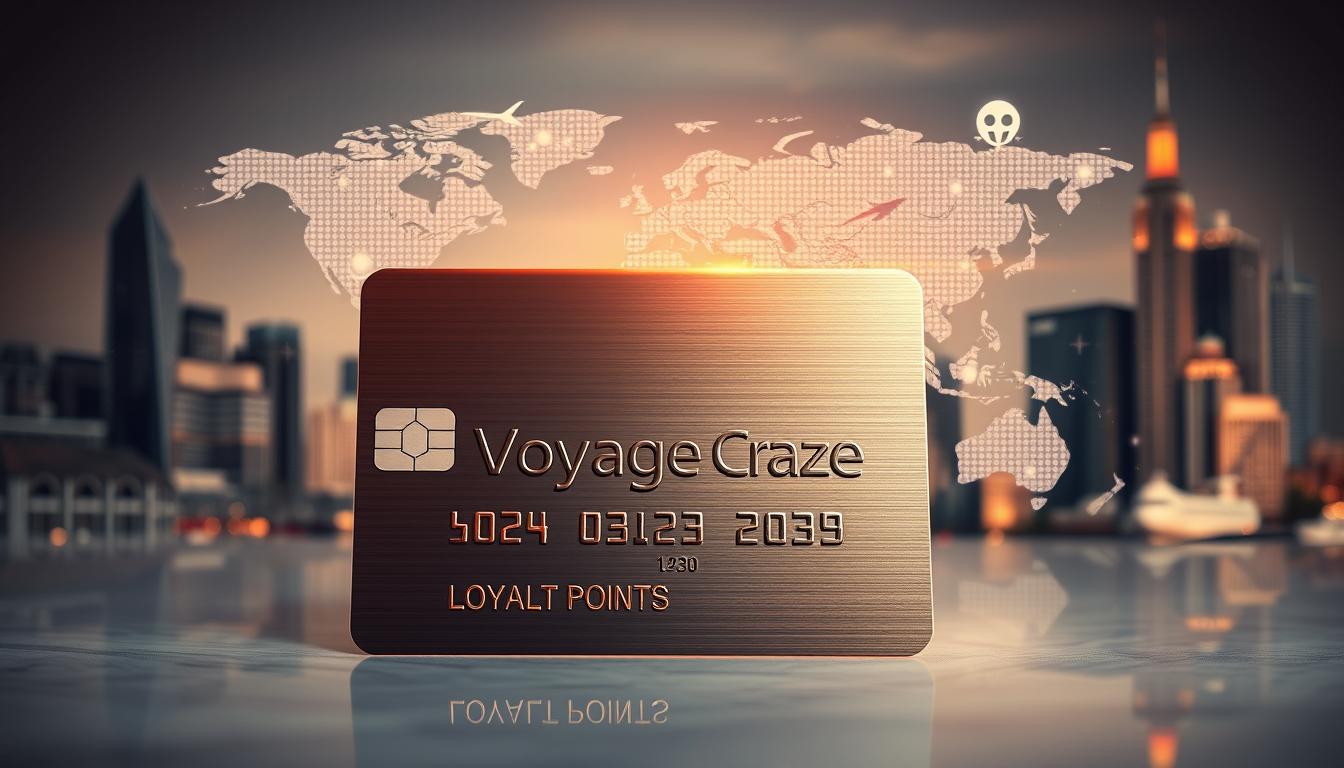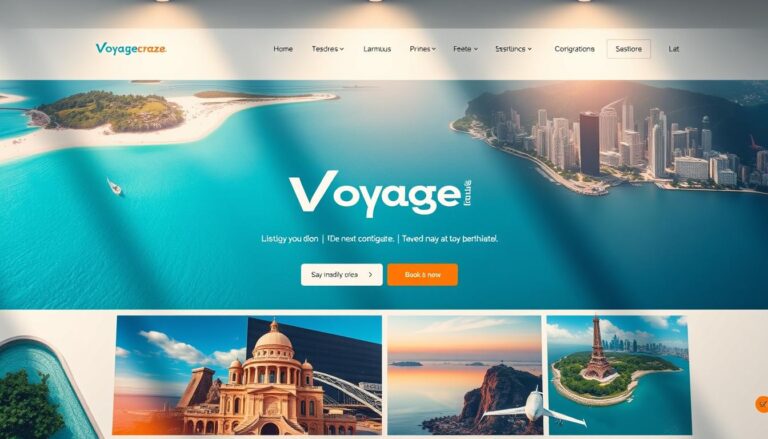For those who live and breathe travel, the right loyalty program can be a game-changer. Big airline and hotel brands are eager to earn your loyalty, offering generous rewards in the form of points or miles when you spend with them.
However, navigating the complex world of travel rewards programs can be daunting. With so many options available, understanding what each program offers and how they compare is crucial for maximizing value from your spending and travel habits.
The best programs offer a combination of flexible redemption options and valuable elite status benefits, allowing travelers to significantly reduce their travel costs and enjoy premium services.
Key Takeaways
- Top travel rewards programs offer generous earning rates and flexible redemption options.
- Understanding airline and hotel loyalty programs is crucial for selecting the right fit.
- Strategic use of points and miles can save thousands of dollars annually.
- The landscape of travel rewards is constantly evolving.
- Choosing the right program can transform your travel experience.
Understanding Travel Rewards Programs
To get the most out of travel rewards, it’s essential to understand how these programs operate. Travel rewards programs are designed to reward travelers for their loyalty, offering benefits such as free flights, hotel stays, and other travel-related perks.
How Travel Rewards Programs Work
Travel rewards programs work by allowing members to earn points or miles that can be redeemed for travel-related expenses. These programs are typically offered by airlines, hotels, and credit card companies. Members can earn rewards through various activities, such as flying with a particular airline, staying at a specific hotel chain, or using a co-branded credit card for purchases.
The earned rewards can then be redeemed for rewards such as free flights, hotel stays, upgrades, and other travel perks. The value of these rewards can vary significantly depending on the program and how the rewards are redeemed.
Points vs. Miles: What’s the Difference?
The terms “points” and “miles” are often used interchangeably, but they can represent different currencies within travel rewards ecosystems. Miles traditionally referred to distance-based rewards in airline programs, while points were typically associated with hotel programs. However, this distinction has become blurred over time.
- Miles are generally used for airline-related redemptions and can offer higher-value premium cabin redemptions.
- Points are often used for hotel stays and can provide more consistent redemption values.
- Credit card rewards programs have introduced transferable points that can be converted to multiple airline and hotel currencies, complicating the landscape.
Understanding the relative value of different rewards is crucial for maximizing your return on spending and travel activity. As Gary Leff, an airline industry expert, noted, “What we’ve seen over time is a lot of miles being printed, and we haven’t seen a concomitant increase in the number of unsold airline seats available for redemption.” This highlights the importance of strategically managing your airline loyalty and hotel rewards.
How We Evaluated Travel Rewards Programs
To determine the best travel rewards programs, we employed a rigorous evaluation methodology that considered various aspects of both airline and hotel loyalty programs.
Methodology for Airline Programs
Our evaluation of airline programs involved assessing their rewards rate, elite status value, and overall benefits. We analyzed the earning rates, redemption options, and the value provided by elite status tiers. The rewards rate was weighted at 60% of the total score, while the elite status value rate accounted for 40%. We considered factors such as points earning rates, award availability, and the concrete benefits provided at each elite tier.
We also examined the value of the rewards programs by comparing the benefits offered to the spending required to achieve elite status. This included assessing benefits like priority boarding, free checked bags, and upgrade opportunities.
Methodology for Hotel Programs
For hotel rewards programs, we analyzed seven major hotel brands that met our criteria: Best Western, Choice, Hilton, Hyatt, IHG, Marriott, and Wyndham. Our evaluation weighted the base rewards rate at 60% of the total score, measuring both points values and earning rates across different property types and rate categories.
| Hotel Brand | Rewards Rate | Elite Status Value |
|---|---|---|
| Best Western | 4/5 | 3.5/5 |
| Hyatt | 4.5/5 | 4.5/5 |
| Marriott | 4/5 | 4/5 |
We also assessed the loyalty programs based on their benefits, such as guaranteed late checkout, breakfast benefits, and room upgrades. Programs with more predictable award pricing and fewer blackout dates scored higher in our availability metrics.
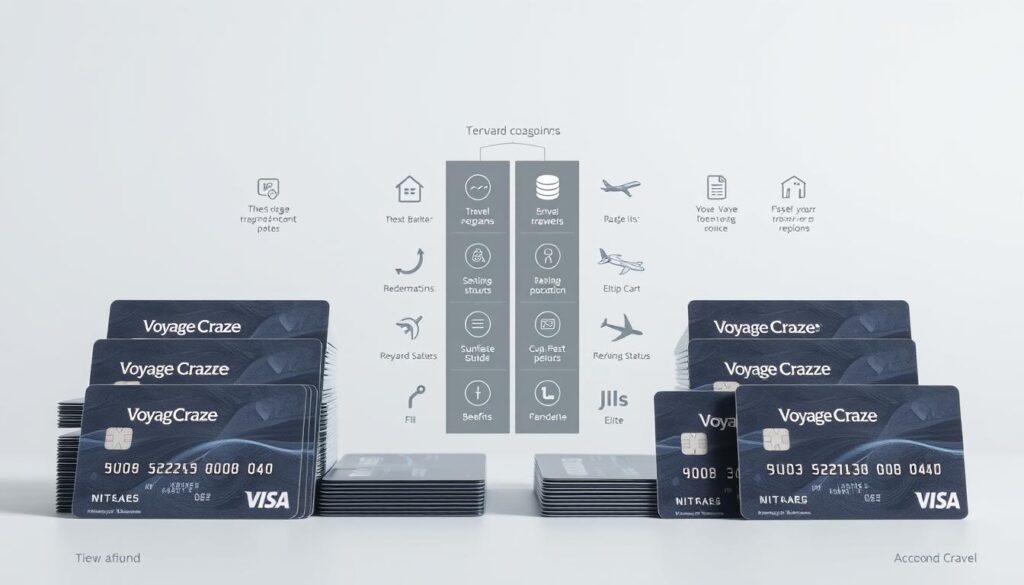
Best Airline Travel Rewards Programs
The world of airline travel rewards is complex, but some programs stand out for their exceptional benefits and flexibility. When it comes to choosing the best airline travel rewards program, travelers have numerous options to consider.
Alaska Airlines Mileage Plan

The Alaska Airlines Mileage Plan is a popular choice among travelers due to its generous rewards and partnerships. Members can earn miles on Alaska Airlines and its partner airlines, including American Airlines, Delta Air Lines, and more.
Program Benefits and Elite Status Tiers
Alaska Airlines Mileage Plan offers several elite status tiers, including MVP, MVP Gold, and MVP Gold 75K. These tiers provide benefits such as priority boarding, free checked bags, and upgrade opportunities.
Members can achieve elite status by flying a certain number of miles or segments on Alaska Airlines and its partners. The program also offers a credit card option to help members earn miles and achieve status.
Partner Airlines and Earning Opportunities
Alaska Airlines has partnerships with several airlines, including American Airlines, Delta Air Lines, and Cathay Pacific. Members can earn miles on these partner airlines and redeem them for rewards.
American Airlines AAdvantage
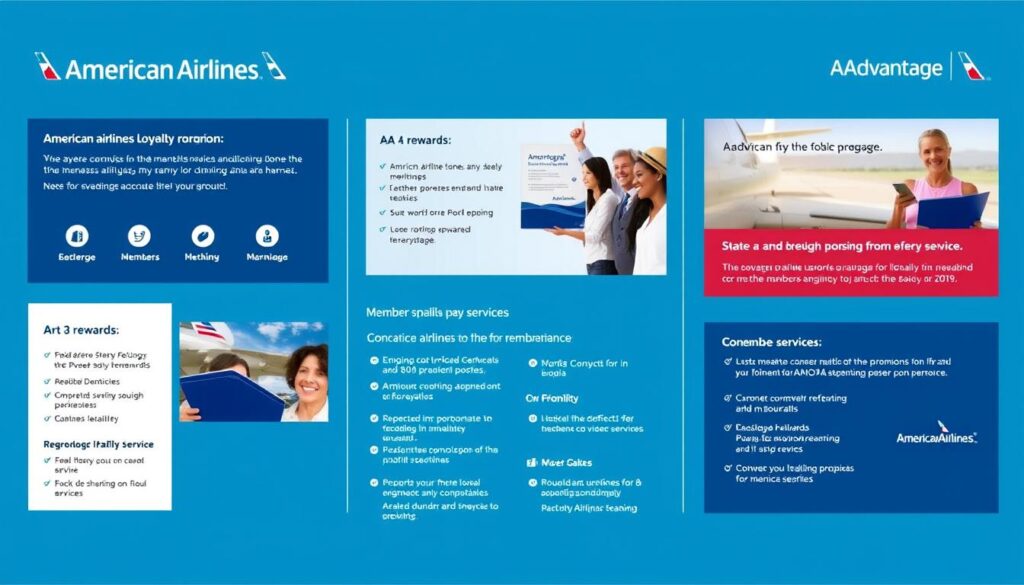
American Airlines AAdvantage is one of the largest loyalty programs in the world, with millions of members. The program offers a range of benefits, including earning miles on American Airlines and its partners.
Program Benefits and Elite Status Tiers
AAdvantage has several elite status tiers, including Gold, Platinum, Platinum Pro, and Executive Platinum. These tiers provide benefits such as priority boarding, free checked bags, and upgrade opportunities.
Members can achieve elite status by flying a certain number of miles or segments on American Airlines and its partners. The program also offers a credit card option to help members earn miles and achieve status.
Partner Airlines and Earning Opportunities
American Airlines has partnerships with several airlines, including British Airways, Iberia, and Qantas. Members can earn miles on these partner airlines and redeem them for rewards.
Delta SkyMiles
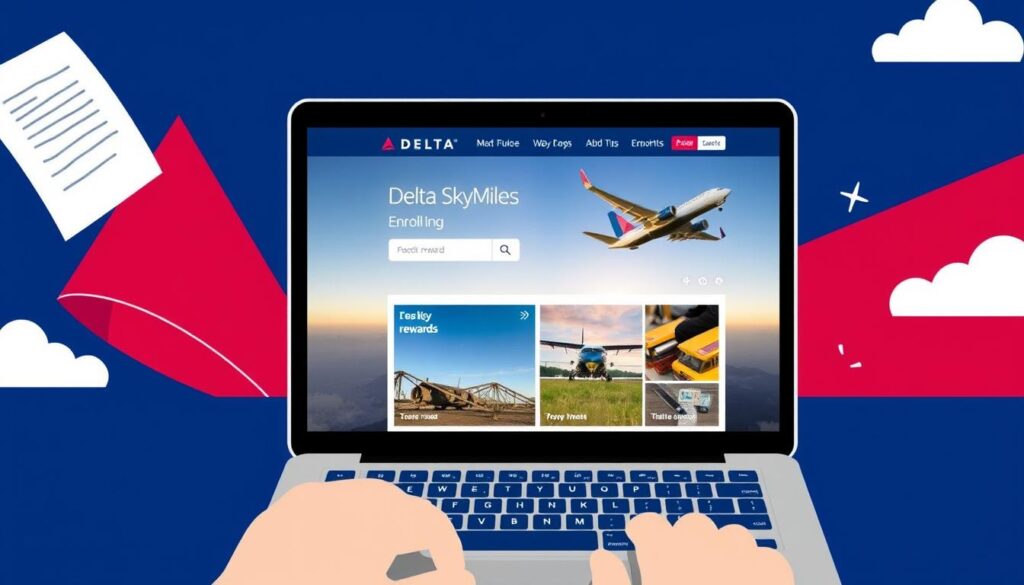
Delta SkyMiles is the loyalty program of Delta Air Lines, offering a range of benefits to its members. The program allows members to earn miles on Delta and its partner airlines.
Program Benefits and Elite Status Tiers
SkyMiles has several elite status tiers, including Silver Medallion, Gold Medallion, Platinum Medallion, and Diamond Medallion. These tiers provide benefits such as priority boarding, free checked bags, and upgrade opportunities.
Members can achieve elite status by flying a certain number of miles or segments on Delta and its partners. The program also offers a credit card option to help members earn miles and achieve status.
Partner Airlines and Earning Opportunities
Delta has partnerships with several airlines, including Air France, KLM, and Virgin Atlantic. Members can earn miles on these partner airlines and redeem them for rewards.
JetBlue TrueBlue
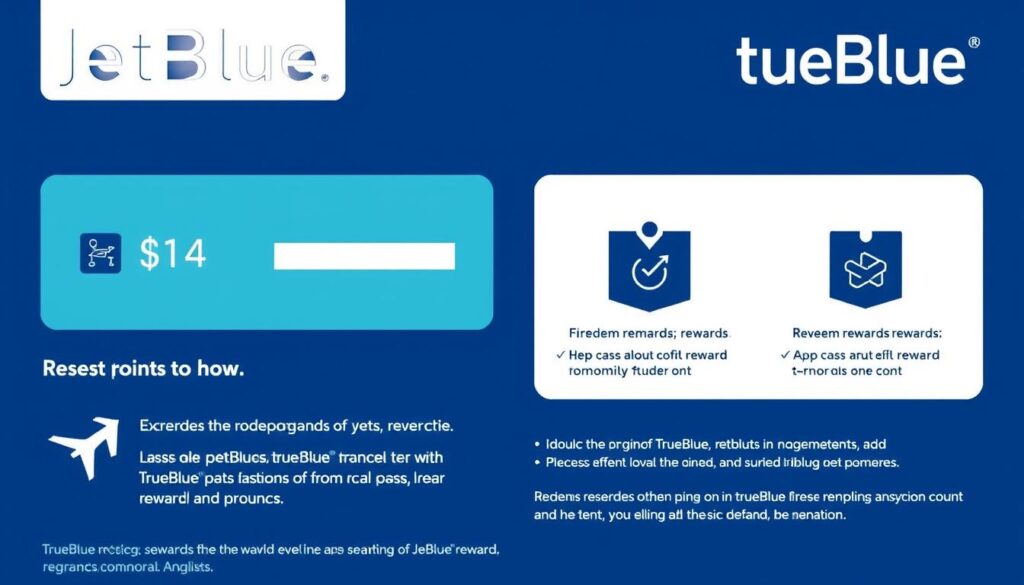
JetBlue TrueBlue is known for its simplicity and flexibility. The program offers a range of benefits, including earning points on JetBlue and its partners.
Program Benefits and Mosaic Status
TrueBlue has a four-tier Mosaic status structure, providing increasingly valuable benefits as members progress through the levels. Benefits include priority boarding, free same-day flight changes, and extra legroom.
Members can achieve Mosaic status by flying a certain number of points or segments on JetBlue. The program also offers a credit card option to help members earn points and achieve status.
Partner Airlines and Earning Opportunities
JetBlue has partnerships with several airlines, including Qatar Airways, Singapore Airlines, and Hawaiian Airlines. Members can earn points on these partner airlines and redeem them for rewards.
The TrueBlue program also offers a shopping portal, allowing members to earn points on purchases with major retailers like Apple and Gap.
Best Hotel Rewards Programs
When it comes to hotel loyalty programs, several stand out from the rest due to their exceptional benefits and flexibility.
World of Hyatt

Program Benefits and Elite Status Tiers
World of Hyatt is recognized for its generous elite status benefits and the value of its points. The program offers four elite status tiers: Discoverist, Explorist, Globalist, and Lifetime Globalist, each providing a range of benefits such as complimentary breakfast, room upgrades, and access to the Hyatt Residence Club.
The program’s elite status tiers are designed to reward loyalty with increasingly valuable perks, making it an attractive option for frequent travelers.
Earning and Redemption Opportunities
Members can earn points through hotel stays, credit card spending, and other activities. World of Hyatt has a dynamic pricing model for award redemptions, which can sometimes result in high point costs for popular properties.
However, the program also offers rewards such as free nights, suite upgrades, and the ability to transfer points to various airline partners, enhancing its appeal to travelers.
Marriott Bonvoy

Program Benefits and Elite Status Tiers
Marriott Bonvoy is one of the largest hotel loyalty programs, with a vast portfolio of properties worldwide. The program offers eight elite status tiers, providing a range of benefits including room upgrades, late checkout, and lounge access.
Marriott Bonvoy’s elite status benefits are highly valued, with top-tier members enjoying significant perks such as personalized service and enhanced rewards.
Earning and Redemption Opportunities
Members can earn points through hotel stays, credit card spending, and dining programs. Marriott Bonvoy features a dynamic pricing model for award redemptions, offering a mix of cash and points options for bookings.
The program also allows points transfer to various airline partners, although the transfer ratios can be less favorable compared to some other programs.
Hilton Honors

Program Benefits and Elite Status Tiers
Hilton Honors stands out for its generous point earning structure, with members earning up to 20 points per dollar spent at most Hilton properties. The program features four membership tiers: Member, Silver, Gold, and Diamond.
The higher tiers offer substantial benefits, including room upgrades, breakfast credits, and executive lounge access, making it an attractive option for loyal customers.
Earning and Redemption Opportunities
Hilton Honors has embraced dynamic pricing, eliminating award categories entirely. This creates both opportunities for value during off-peak periods and challenges during high demand.
A unique feature is the “Points & Money” slider, allowing members to customize redemptions by choosing any combination of points and cash for award stays. Additionally, Hilton’s co-branded American Express cards provide direct paths to elite status.
Credit Cards That Maximize Travel Rewards
The right credit card can significantly enhance your travel rewards, turning everyday purchases into valuable points or miles. To maximize your travel rewards, it’s essential to choose a credit card that aligns with your travel habits and preferences.
Airline Co-Branded Credit Cards
Airline co-branded credit cards offer a straightforward way to earn miles with your preferred airline. Cards like the Chase Sapphire Preferred® Card are popular among travelers due to their generous sign-up bonuses and earning structures. When selecting an airline co-branded credit card, consider the annual fee, earning rate, and redemption options.
For instance, if you’re loyal to a particular airline, their co-branded card can provide significant benefits, including free checked bags, priority boarding, and the ability to earn miles on everyday purchases.
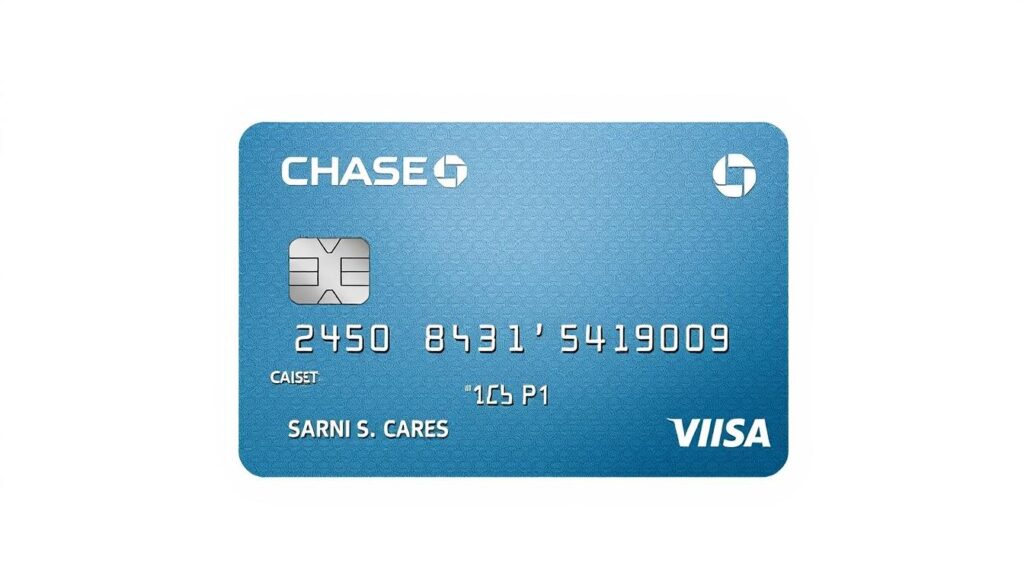
Hotel Co-Branded Credit Cards
Hotel co-branded credit cards can be incredibly rewarding for those who frequently stay at the same hotel chain. These cards often offer benefits like free nights, elite status, and points on hotel stays. When evaluating hotel co-branded cards, look at the earning rate, redemption options, and any additional perks like room upgrades or complimentary breakfast.
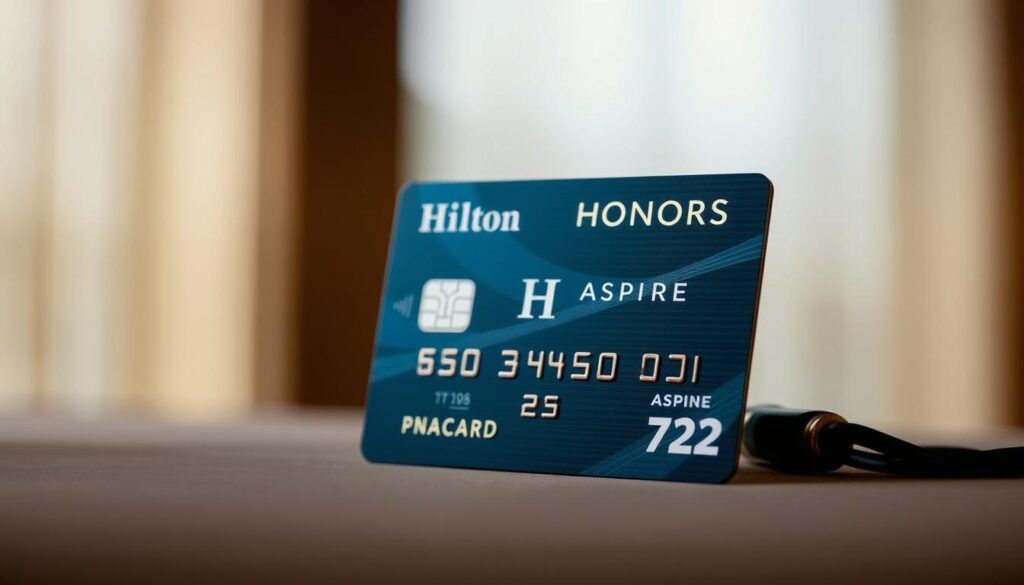
Transferable Points Credit Cards
Transferable points credit cards represent the most flexible option in the travel rewards ecosystem. Cards that offer transferable points, such as Chase Ultimate Rewards, American Express Membership Rewards, Capital One miles, and Citi ThankYou points, allow you to transfer your points to multiple airline and hotel partners. This flexibility enables you to compare redemption options across various programs to find the best value for your trips.
These cards typically offer strong earning rates across multiple spending categories and often include additional redemption options beyond transfers, such as travel portals where points can be used at a fixed value toward any travel purchase.
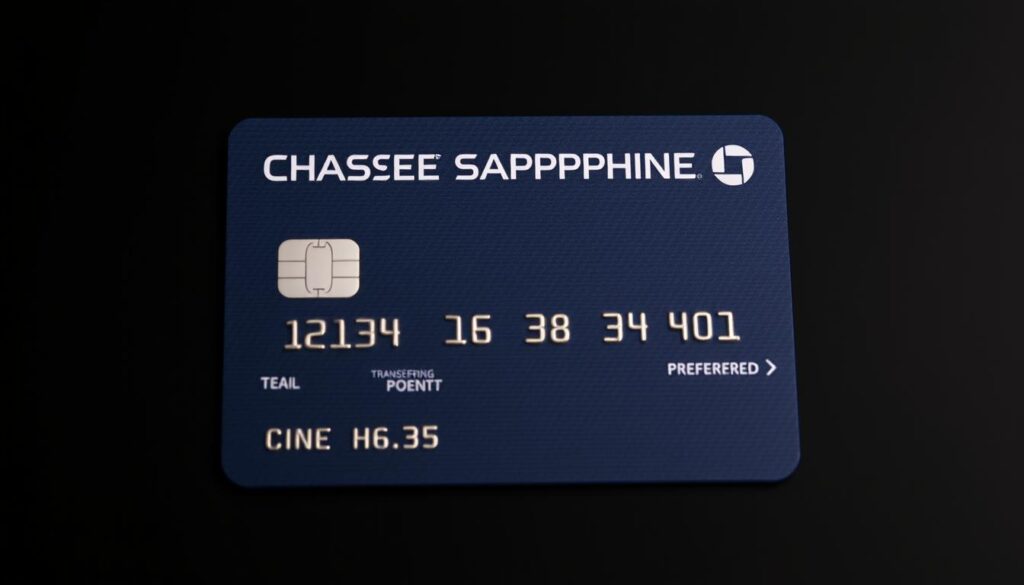
Strategies for Maximizing Your Travel Rewards
With the right strategies, travelers can turn their loyalty programs into a powerful tool for earning rewards. By understanding how to maximize their travel rewards program, individuals can enjoy more trips, upgrades, and other perks. The key is to be strategic and informed.
Combining Multiple Programs for Maximum Value
One effective way to maximize travel rewards is by combining multiple programs. This involves strategically earning and redeeming points and miles across different airline and hotel loyalty programs. For instance, travelers can earn points with a credit card that transfers to multiple airline partners, thereby increasing their flexibility.
By diversifying their loyalty program participation, travelers can take advantage of the strengths of each program. This might include using one program for short-haul flights and another for long-haul international travel. The goal is to create a robust rewards portfolio that offers numerous redemption options.
Taking Advantage of Status Matches and Challenges
Status matches and challenges are another strategy for maximizing travel rewards. Many airlines and hotels offer status matches, where they match the status you have with a competitor. This can be a quick way to gain elite status and enjoy benefits like priority boarding and upgrades.
Status challenges, on the other hand, require travelers to earn a certain number of miles or stay a certain number of nights within a specified timeframe. Successfully completing a status challenge can result in elite status, which comes with a range of valuable perks.
Leveraging Shopping Portals and Dining Programs
Shopping portals and dining programs are often overlooked but can be lucrative ways to earn rewards. For example, using a shopping portal like TrueBlue Shopping Portal can earn you points on purchases from retailers like Apple and Gap.
- Most major airline and hotel programs offer shopping portals that provide bonus points for online purchases at hundreds of retailers.
- Airline and hotel dining programs reward restaurant spending with points, typically offering 3-5 points per dollar at participating establishments.
- By stacking strategies, such as using a rewards credit card through a shopping portal, travelers can achieve extraordinary earning rates.
By implementing these strategies, travelers can significantly enhance their travel rewards earnings and enjoy more benefits from their loyalty program participation.
Common Pitfalls to Avoid with Travel Rewards Programs
Maximizing travel rewards requires avoiding common pitfalls that can devalue your points and miles. Travelers must be aware of the potential issues that can arise when participating in these programs to ensure they get the most out of their loyalty efforts.
Devaluation of Points and Miles
One significant risk associated with travel rewards programs is the devaluation of points and miles. Programs can change their redemption charts or devalue their currency overnight, significantly reducing the value of your accumulated rewards. For instance, a program might increase the number of points required for a free flight or hotel stay, making your rewards less valuable.
Expiration Policies and How to Prevent Point Loss
Another common pitfall is point expiration. Point expiration policies vary dramatically across programs, with some miles expiring after as little as 12 months of inactivity. To prevent unexpected point loss, it’s essential to understand the specific expiration policy of each program you participate in.
| Program | Expiration Policy | Prevention Method |
|---|---|---|
| Delta SkyMiles | Never expire | N/A |
| American Airlines AAdvantage | 18 months of inactivity | Earn or redeem miles |
| JetBlue TrueBlue | 12 months of inactivity | Earn or redeem points |
Many programs offer easy options for extending expiration through non-travel activities, such as shopping portals or dining programs. By staying informed and taking proactive steps, you can maintain your points and miles indefinitely.
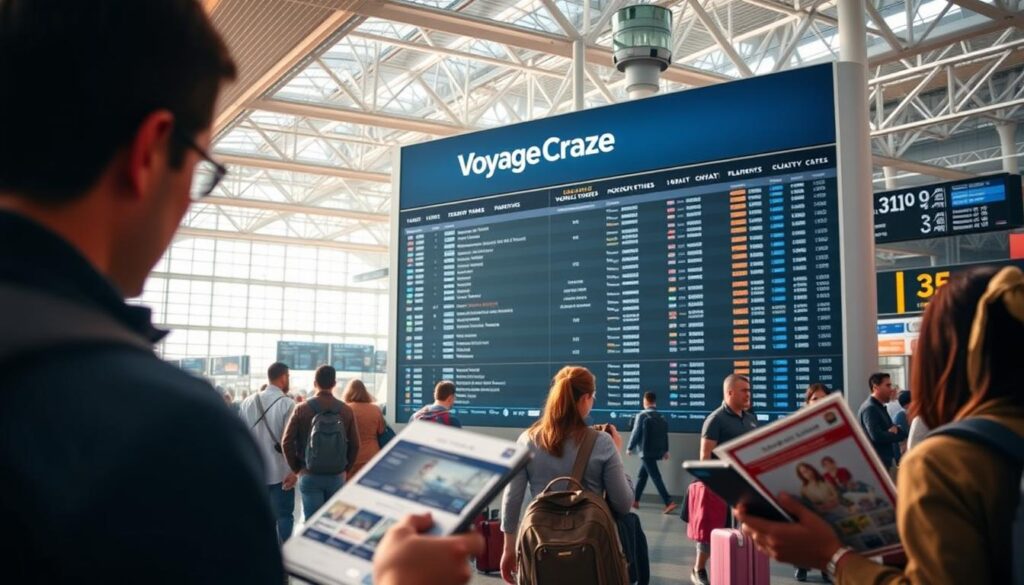
Conclusion: Choosing the Right Travel Rewards Program
With numerous travel rewards programs available, selecting the one that suits you best requires careful consideration of your travel behavior and goals. The truth is, there isn’t one best program for everyone; there are several great options, and the right choice depends on your individual needs.
To make an informed decision, consider your travel patterns, spending habits, and redemption goals. For instance, if you frequently fly with a particular airline, joining their loyalty program could be beneficial. Similarly, if you often stay at specific hotel chains, their rewards program might be the way to go.
Key factors to consider include the flexibility of the program, the value of the rewards, and any associated fees. For occasional travelers, transferable points programs and rewards with no expiration dates can be particularly attractive. Frequent travelers, on the other hand, may prioritize elite status benefits that enhance their travel experience.
Ultimately, the best rewards strategy is one that evolves with your travel habits and adapts to changes in the programs themselves. By choosing a program that aligns with your needs, you can maximize your travel experiences and enjoy more comfortable, affordable journeys.
